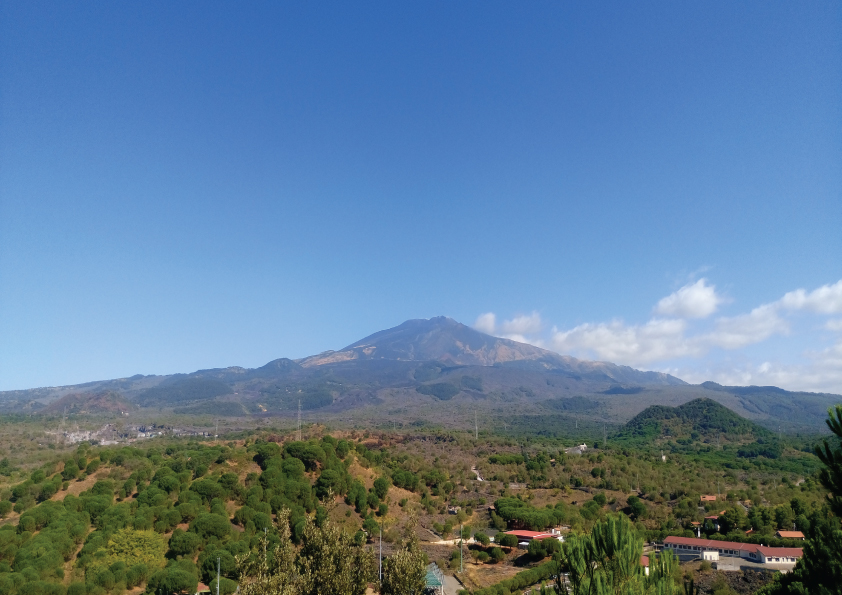Field trips, workshops, meetings, beautiful Earth
Mt Etna, Sicily, Italy
Deep Carbon Observatory ECS workshop 2017
Deep Carbon Observatory organised a workshop for early career scientists working with deep carbon in 28th of August to 3rd of September, 2017 in Nicolosi, Italy. The program involved short introductory talks of all participants, poster sessions and field trips to Mt Etna and mud volcanoes located at the vicinity of Etna.
Yellowstone National Park, USA
Deep Carbon Observatory Summer School 2016
In July, 2016, a group of early career scientists working with deep carbon, joined in the Deep Carbon Observatory's Summer School in Yellowstone National Park, US. The program involved several field trips to different parts of Yellowstone, like Midway Geysir Basin with Grand Prismatic Spring, Mammoth and its travertine terraces, Norris Geysir Basin and Old Faithful. The instructors of the summer school talked about carbon fluxes, life in extremes, mineral evolution and early career scientists gave lightning poster presentations of their projects.
Virkísjökull glacier, Iceland
Shallow groundwater sampling trip 2014
Field trip to sample shallow groundwater and surface streams originating from melting glacier in SE Iceland in collaboration with British Geological Survey and University of Dundee. Ongoing glacial retreat due to the global warming is expected to lead to numerous changes in arctic areas. The aim of this field trip was to collect samples from glacial meltwaters to understand the fundamentals of microbial successional dynamics in the catchment area of a retreating glacier.
Riviera Maya, Mexico
ISEB Short Course 2012
Short course on microbe‐mineral interactions: molecular to global scale processes, organised by International Society of Biogeochemistry. Yucatan Peninsula is generally a flat lying karst landscape with abundant sinkholes (i.e., cenotes) that we had a chance to see and experience. The region is famous home to the ancient Maya culture, and also for an asteroid impact about 65 million years ago somewhere in the greater Caribbean basin that is presumed to have caused the mass extinction of dinosaurs at the Cretaceous–Paleogene boundary (K–T boundary).


